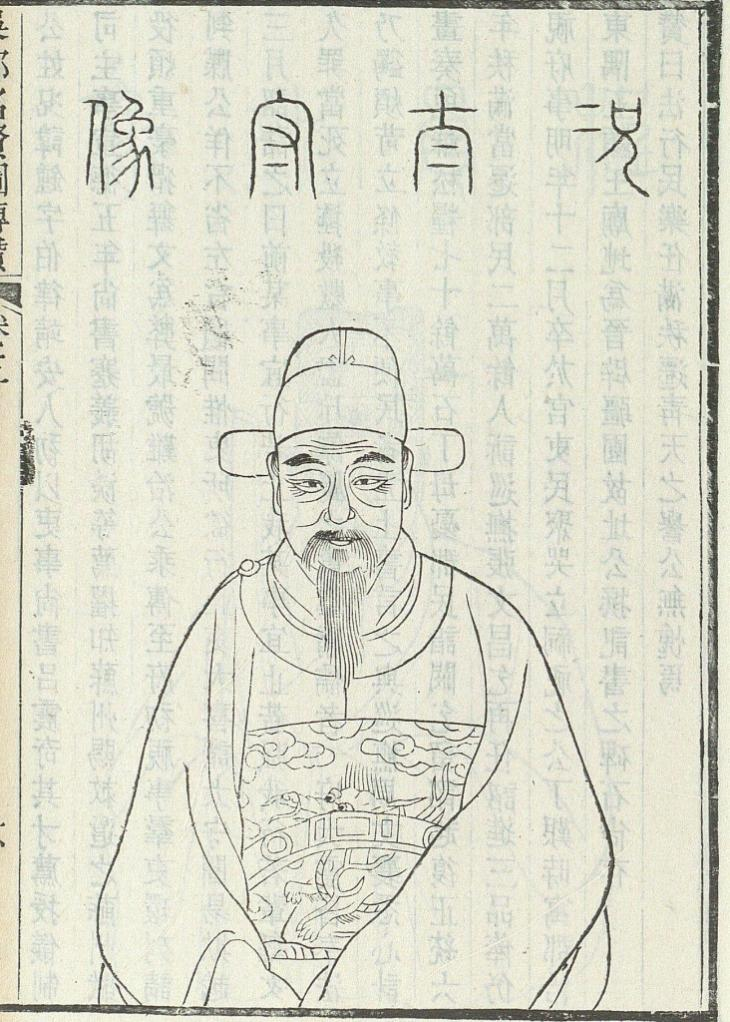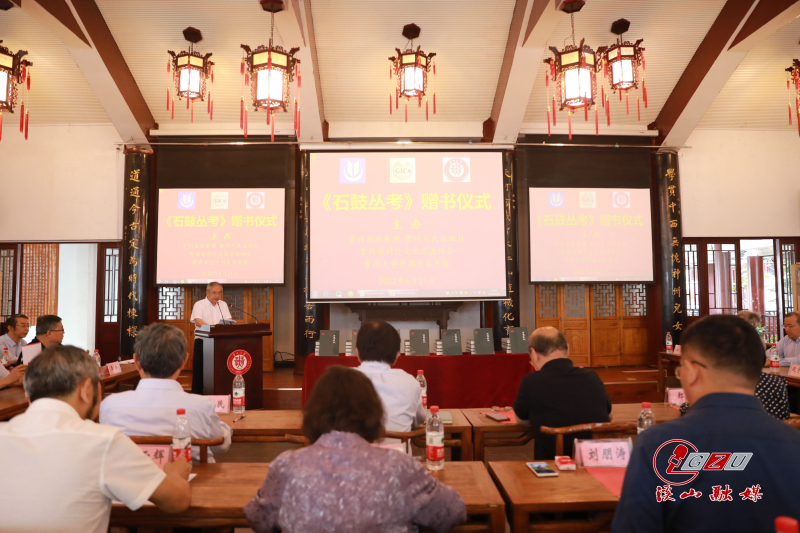The large city ruins are found here!
Author:Zhaoqing released Time:2022.09.25
In the archeological site of Hongshan National Archaeological Sites in Wuxi City, Jiangsu Province, the Wujiabang site in a large city during the Spring and Autumn Period and the Warring States Period was initially presented after archeological exploration. The city is based on the river, and the river in the city is criss -crossed. Archaeological excavation is still underway.

The picture shows an anatomical surface of the city wall discovered by archeologists. Xinhua News Agency reporter Zhu Guoliang Photo
The Wujiayu site was discovered unexpectedly. At the end of 2019, when the local farmers excavated the ditch, a large number of pottery was found; in 2020, the Institute of Cultural Relics and Archeology of Wuxi City involved in the exploration and found the wall relics; in 2021, the three points of the site were excavated. porcelain.
Li Guangri, deputy director of the Institute of Cultural Relics and Archeology of Wuxi City, introduced that after analysis of the characteristics of unearthed cultural relics and carbon 14 measurement, this site was judged that this site was a city from the late Spring and Autumn Period to early the Warring States Period.
Archaeological exploration shows that the city is divided into inner cities, outer cities, and Guocheng from the inside to the outside, covering an area of about 800,000 square meters. Among them, there are walls on the west and south side of the inner city, and the east and north are used as a barrier, covering an area of about 83,000 square meters.
According to Li Guangri, the Wujiayu site is more than 10 kilometers away from Taihu Lake. From the perspective of exploration and excavation, during the Spring and Autumn Period and the Warring States Period, the river in the city was criss -crossed. The waterway was the main transportation method at that time. The gate of the southwest corner of the city is also in and out of the river, which is a water city.
At the scene, the reporter saw an anatomical surface of the city wall discovered by archeologists and a living area relic with ashes, pillar holes, and well -eye wells. The bottom of the city wall is 16 meters wide and the upper width is 7 meters. The current height is about 1 meter. There are obvious traces of raw fire in the living area, and many ceramic living vessels are found, as well as some primitive porcelain. Experts speculate that this may be a kitchen building. Near this architectural site, the exploration also found two high -level architectural sites, which have not yet been excavated.
Li Guangri said that there are currently 99 sidelines in the city, and the water well depth is 5 meters to 6 meters. Judging from the number of wells, a large number of people lived in the city at that time.

The picture shows the utensil unearthed during the excavation of the Wujiabang site. Xinhua News Agency reporter Zhu Guoliang Photo
The Hongshan Site is a national key protection site and one of the first national archeological sites. The entire site park covers an area of 7.5 square kilometers. At present, more than 140 ancient tombs have been proven, mainly tombs during the Spring and Autumn Period and the Warring States Period.
The largest tomb currently excavated by the Hongshan site is Qiu Chengdun, which is the tomb of the Monetic Warring States Period. Who is the tomb owner is still a mystery. The discovery of the Wujiayu site provides more physical materials for Wu Yue's cultural research.
Source: Xinhua View Point
- END -
Jiangnan celebrities 丨 Citizes: Crossing the breeze of history

Original Author: SorrowNotice! Intersection Intersection Never reprint without aut...
Guizhou University holding the book "Stone Drum Cong" gift ceremony ceremony

On June 21, the book Stone Drum Cong was held at the China Cultural Academy of the...